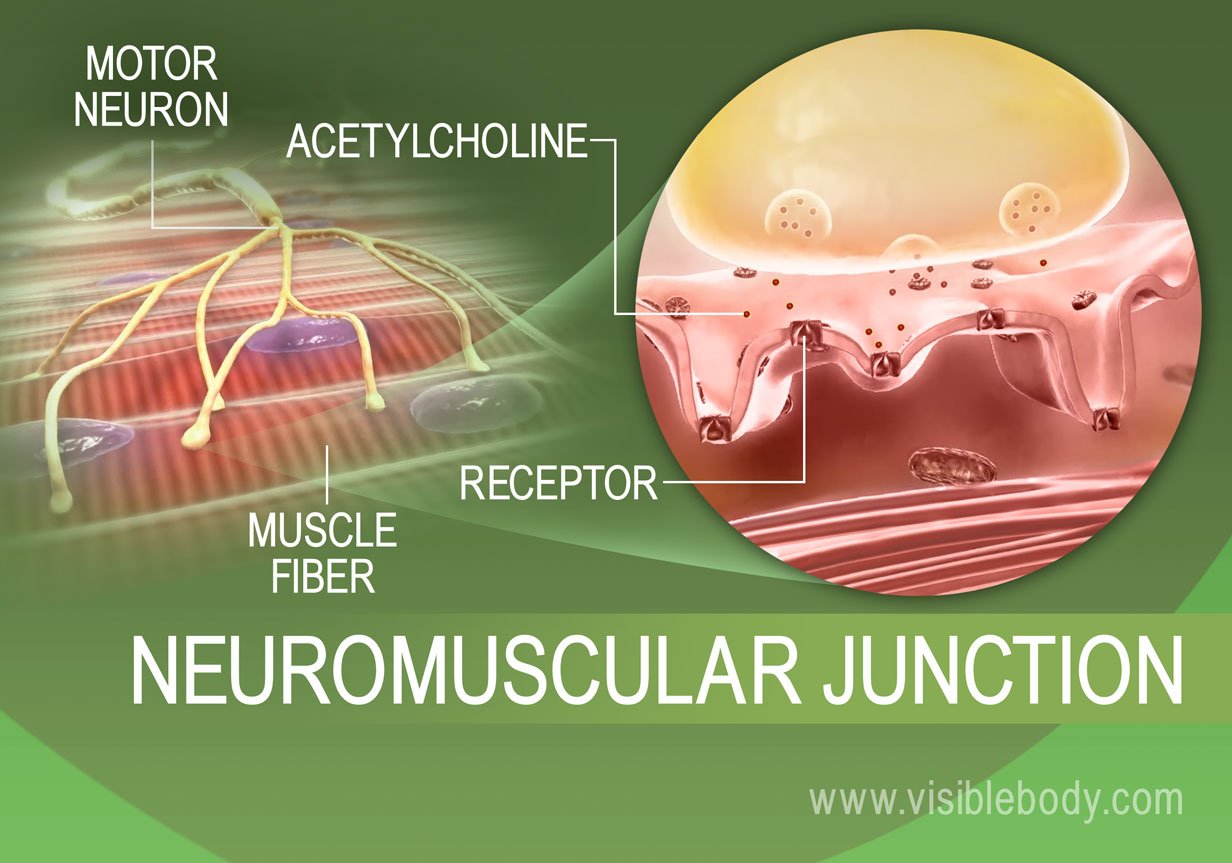Describe the Process of Muscle Relaxation
Please describe the entire process of skeletal muscle contractionrelaxation from the nervous impulse arrival and stimulation at the neuromuscular junction to the point of relaxation. The process which the nerve fiber stimulates the muscle fiber leading to generation of action potentials in the muscle cell membrane Excitation-contraction coupling Events that link the action potentials on the sarcolemma to activation of.
In the early stages of exercise ATP is produced by the action of creatine kinase.

. Regardless the process of relaxation requires a decreased intracellular Ca 2 concentration and increased MLC phosphatase activity. What is a motor unit why motor units are important for skeletal muscle function. When a muscle is primarily at rest the majority of the muscle fibers ATP production is via aerobic respiration.
In one method of progressive muscle relaxation you start by tensing and relaxing the muscles in your toes and progressively working your way up to your neck and head. This reverses the chemical processes in the muscle fibers and the muscle relaxes. A nerve impulse travels down a motor neuron axon.
You can also start with your head and neck and work down to your toes. When the nerve terminal at the neuromuscular junction does not release acetylcholine the muscle membrane becomes repolarize the calcium ions stored in the sarcoplasmic reticulum and the myosin-binding sites on actin filament are covered by tropomyosin resulting in the relaxation of the skeletal muscle. Also be sure to explain the role of both the motor neuron as well as the motor end plate.
The motor neuron terminal releases the neurotransmitter acetylcholine ACh. Steps of Skeletal Muscle Contraction and Relaxation. This helps you release physical tension which may ease stress and.
It involves tensing and then relaxing your muscles one by one. Include the role of calcium ions in neurotransmitter release. The sarcolemma is stimulated and a muscle impulse travels over the surface of the muscle fiber and deep into the fiber.
Progressive muscle relaxation PMR is a relaxation technique. Acetylecholine causes the impulse to spread across the surface of the sarcolemma. When a muscle fiber is excited Ca 2 is rapidly released from the sarcoplasmic reticulum SR inducing muscle contraction.
Muscle relaxation occurs and the muscle returns passively to its resting length. A nerve impulse travels down and axon and causes the release of acetylcholine. Describe the process of excitation-contraction-relaxation for a skeletal muscle cell starts with NT binds with the receptor on skeletal muscle cell.
Each glucose molecule metabolized by anaerobic fermentation produces two ATP molecules allowing for muscle activity to continue for no more than a couple of minutes. The muscle fiber will repolarize which closes the gates in the SR where Ca was being released. Muscle Fibers Relax When the Nervous System Signal Is No Longer Present.
It is generally assumed that this process is driven by cross-bridges which extend from the myosin filaments and cyclically interact with the actin filaments as ATP is hydrolysed. ACh binds to ACh receptors on the sarcolemma of the muscle fiber. Muscle contraction and relaxation are regulated by the intracellular Ca 2 concentration 13.
When the stimulation of the motor neuron providing the impulse to the muscle fibers stops the chemical reaction that causes the rearrangement of the muscle fibers proteins is stopped. Relaxing skeletal muscle fibers and ultimately the skeletal muscle begins with the motor neuron which stops releasing its chemical signal ACh into the synapse at the NMJ. Terms in this set 10 Step 1.
Muscle contraction occurs when the thin actin and thick myosin filaments slide past each other. Smooth muscle relaxation occurs either as a result of removal of the contractile stimulus or by the direct action of a substance that stimulates inhibition of the contractile mechanism. Relaxing skeletal muscle fibers and ultimately the skeletal muscle begins with the motor neuron which stops releasing its chemical signal ACh into the synapse at the NMJ.
Tense your muscles for about five seconds and then relax for 30 seconds and repeat. When Ca 2 is reaccumulated into the SR the muscle relaxes. Describe the 3 pathways for regenerating ATP during skeletal muscle contractions.
The muscle fiber will repolarize which closes the gates in the SR where Ca was being released.
Muscle Fiber Contraction And Relaxation Anatomy Physiology
Muscle Fiber Contraction And Relaxation Anatomy Physiology

Muscle Fiber Contraction And Relaxation Anatomy And Physiology I
Muscle Fiber Contraction And Relaxation Anatomy Physiology

Lower Limb Veins Great Saphenous Vein Cardiovascular System Muscle Belly

Muscle Contractions Learn Muscular Anatomy

Contraction In The Simplest Sense Is Shortening Of A Muscle Fibre When Muscles Receive Stimulation From The Ne Muscle Structure Muscle Diagram Medical Anatomy

Synaptic Transmission The Neuron Part 1 Neurons Neuromuscular Junction Motor Neuron

4 Reasons To Try The Incredible Cupping Therapy Today Wellness Magazine Cupping Therapy What Is Cupping Therapy Cupping Massage

How Does The Respiratory System Work Respiratory Therapy Student Respiratory System Anatomy Respiratory System
Muscle Fiber Contraction And Relaxation Anatomy Physiology

Downward Spiral Vs Upward Spiral Emotional Intelligence Theories Emotions Understanding Emotions Positive Psychology

Muscle Contractions Learn Muscular Anatomy

Pin By Michael Brunswick On A P Human Anatomy And Physiology Physiology Exercise Physiology





Comments
Post a Comment